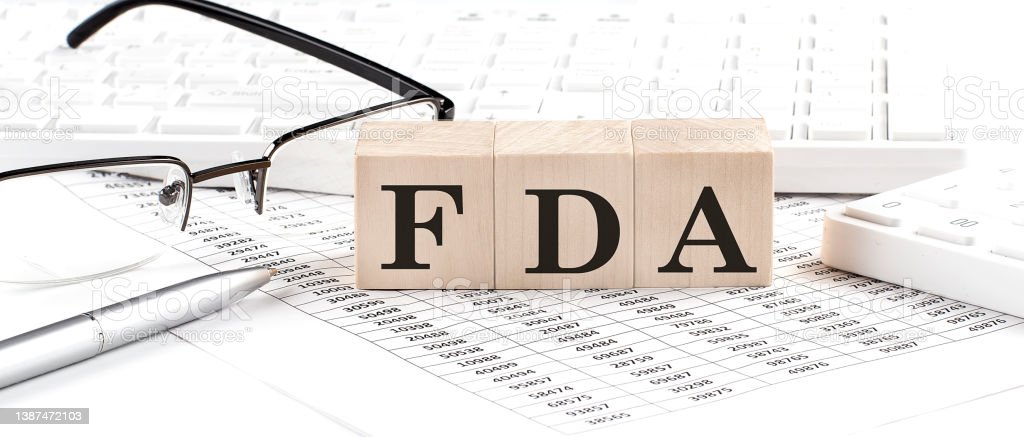1. Purpose
1.1. To establish a systematic approach for monitoring environmental conditions within the facility.
1.2. To ensure compliance with regulatory requirements and internal quality standards.
1.3. To identify and mitigate potential risks to the environment and human health.
2. Scope
2.1. This procedure applies to all areas of the facility where environmental monitoring is deemed necessary.
2.2. It encompasses the monitoring of air quality, water quality, noise levels, and waste management practices.
3. Responsibilities
3.1. Environmental Health and Safety (EHS) Department: – Develop and maintain environmental monitoring protocols. – Provide necessary training to personnel involved in monitoring activities. – Coordinate with regulatory agencies for compliance purposes.
3.2. Facility Managers: – Ensure that environmental monitoring procedures are followed in their respective areas. – Promptly report any deviations or environmental concerns to the EHS Department.
3.3. Monitoring Personnel: – Conduct routine environmental monitoring as per established protocols. – Document all monitoring activities accurately and timely. – Notify supervisors of any abnormalities or non-compliance issues.
4. Environmental Monitoring Parameters
4.1. Air Quality: – Measurement of particulate matter (PM10 and PM2.5) concentrations. – Monitoring of gases such as carbon monoxide (CO), sulfur dioxide (SO2), nitrogen dioxide (NO2), and ozone (O3).
4.2. Water Quality: – Testing for pH, dissolved oxygen (DO), biochemical oxygen demand (BOD), and chemical oxygen demand (COD). – Analysis of contaminants such as heavy metals, pesticides, and organic pollutants.
4.3. Noise Levels: – Measurement of ambient noise levels using sound level meters. – Compliance with permissible noise levels as per regulatory standards.
4.4. Waste Management: – Inspection of waste storage areas for proper containment and labeling. – Monitoring of waste disposal practices to prevent environmental contamination.
5. Monitoring Procedures
5.1. Air Quality Monitoring: – Place air quality monitoring equipment at designated locations within the facility. – Record measurements at regular intervals as per monitoring schedule. – Calibrate monitoring instruments as per manufacturer’s instructions.
5.2. Water Quality Monitoring: – Collect water samples from designated sampling points. – Perform on-site testing using appropriate analytical equipment. – Send samples to accredited laboratories for comprehensive analysis.
5.3. Noise Level Monitoring: – Position sound level meters at predetermined locations. – Record noise levels at different times of the day and under varying operational conditions. – Identify areas with excessive noise levels and implement corrective measures.
5.4. Waste Management Monitoring: – Conduct visual inspections of waste storage areas on a regular basis. – Verify proper segregation and labeling of waste containers. – Monitor waste disposal activities to ensure compliance with regulations.
6. Data Analysis and Reporting
6.1. Compile all environmental monitoring data into a centralized database.
6.2. Analyze trends and deviations from baseline values.
6.3. Generate periodic reports summarizing monitoring results and any corrective actions taken.
6.4. Share reports with relevant stakeholders including management, regulatory agencies, and employees.
7. Corrective Actions
7.1. Investigate any deviations or non-compliance observed during monitoring activities.
7.2. Take immediate corrective actions to address identified issues.
7.3. Document all corrective actions and follow-up measures implemented.
7.4. Review monitoring protocols and procedures to prevent recurrence of similar incidents.
8. Training and Awareness
8.1. Provide training to personnel involved in environmental monitoring activities.
8.2. Raise awareness among employees regarding the importance of environmental stewardship.
8.3. Conduct periodic refresher training sessions to ensure competency.
9. Records Management
9.1. Maintain records of all environmental monitoring activities, including raw data, analysis reports, and corrective action documentation.
9.2. Store records in a secure and easily accessible manner as per regulatory requirements.
9.3. Retain records for the specified retention period before disposal.
10. Review and Revision
10.1. Periodically review this SOP to ensure its effectiveness and relevance.
10.2. Update procedures as necessary to reflect changes in regulatory requirements or organizational practices.
10.3. Obtain approval from relevant authorities for any revisions made to the SOP.
11. References
Include references to applicable regulatory standards, industry guidelines, and internal policies governing environmental monitoring practices.
12. Appendices
Include any relevant forms, checklists, or supporting documents used in the implementation of this SOP.
- For more articles, Kindly Click here.
- For pharmaceutical jobs, follow us on LinkedIn
- For Editable SOPs in word format contact us on info@pharmaceuticalcarrier.com
- For more information kindly follow us on pharmaguidelines.co.uk











